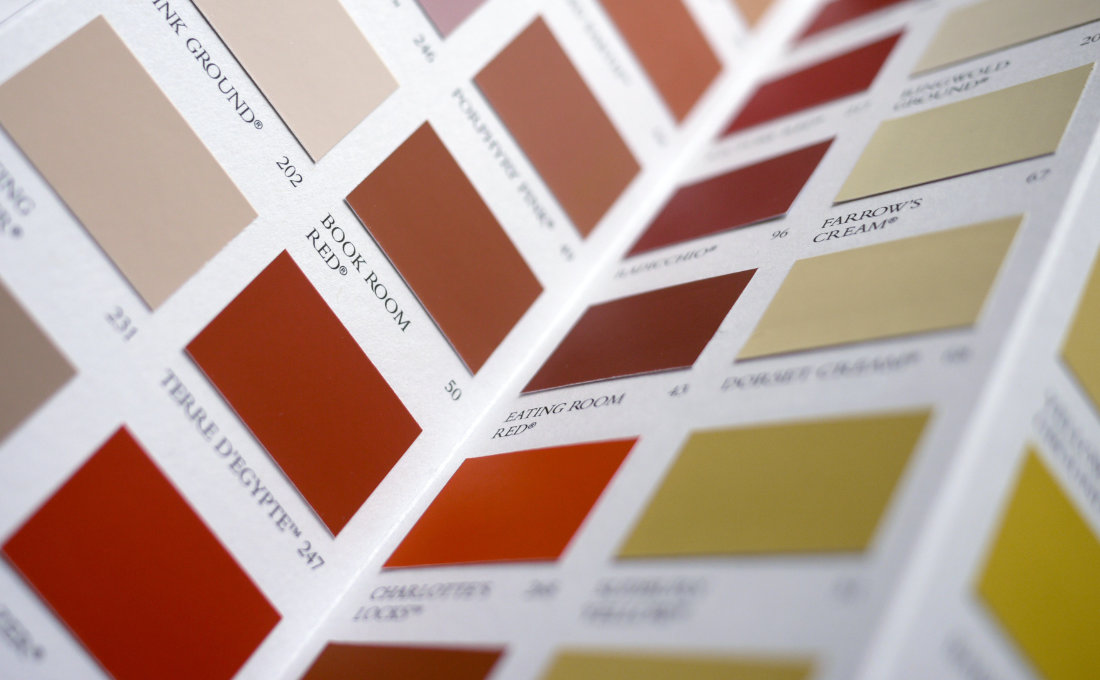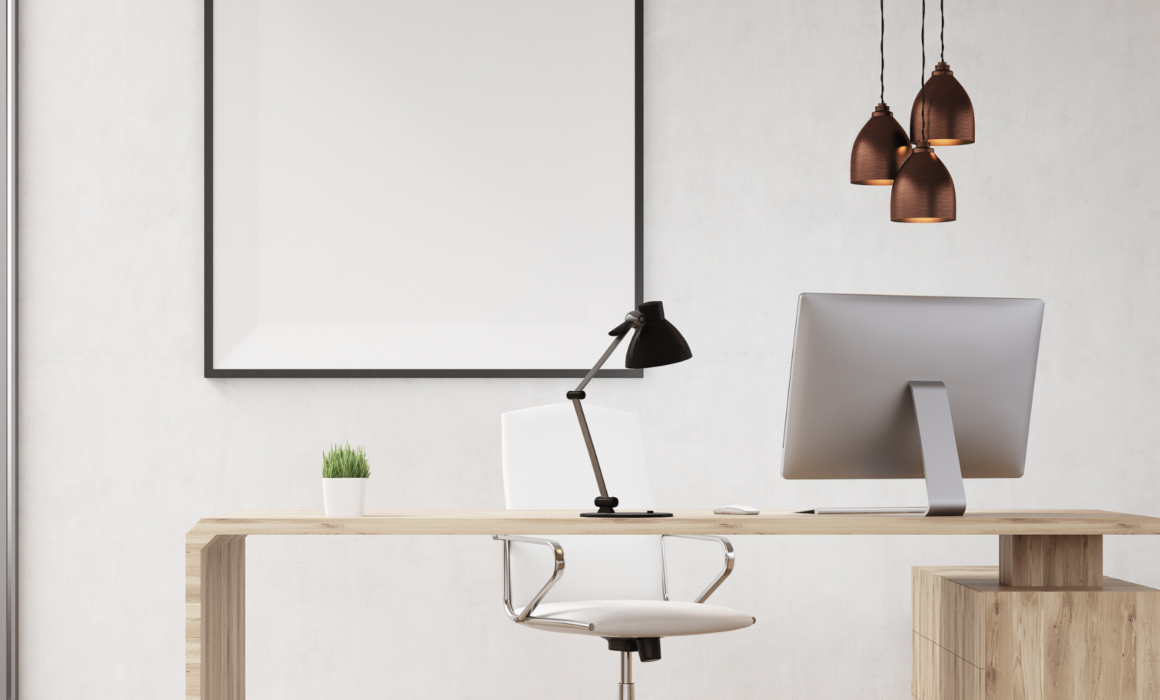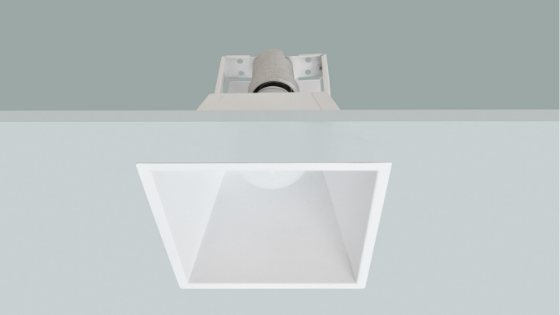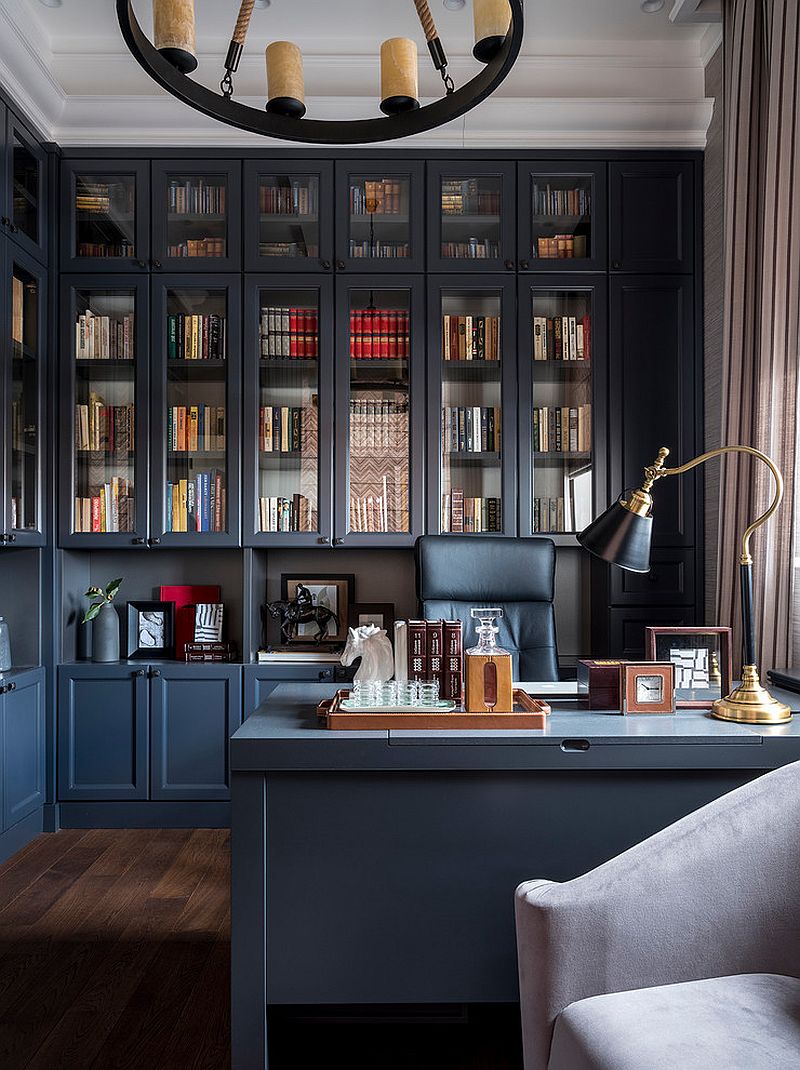Tips For Picking the Perfect Paint Color
Whether you’re a first time buyer looking to turn your new house into a home or you’re in need of some change, picking the perfect paint color can be a daunting and stressful task. That’s why we’ve put together all the best tips from designers throughout the world to help you choose the perfect paint color for your home or office!
Stay True to Yourself
The first and most important step is to remember that you’ll be the one spending the most time with the new paint. The color has to be something that fits your preferences or personality. Don’t feel pressure to keep up trends or choose a color in an attempt to fit others’ expectations. At the end of the day, all that matters is whether you really enjoy the color.
Start with Inspiration
Discovering what inspires you is a good place to start. There are a lot of free tools available to help you create inspiration boards. Find images of rooms, objects, or art that inspire you or that reflect your personal taste. Pinterest is a great tool for creating digital mood boards! Notice the way the colors work together.
Next, decide whether you want the wall color to be a bold statement, or if you want the furniture, artwork, or accent features to capture attention. As an example, consider your livingroom sofa. What color and texture is the fabric? Is it a warmer tone or a cooler tone? Starting with the elements in the room will help ensure that the wall color compliments rather than detracts from their beauty.
Also, take note of any colors in the room that will remain consistent. What color are the floors? Will you also be painting the ceiling? These are all important factors to consider when picking the perfect paint color.
Understand Paint Strips
Collecting dozens of paint chips from the store can be overwhelming. Understanding how these are made will help you select the best colors. The darkest color in the paint chip is the truest color and will help you determine the actual tone of the paint. This is true, even if you go with a lighter shade.
Start by sorting the color samples based on what inspires what doesn’t. Anything that doesn’t seem appropriate can go in the recycling bin. Consider one strip at a time. Hold it up to any fabrics or art pieces in the room. Try sorting the strips into categories of warmer tones and cooler tones. This can help you decide if you want a warm or cool paint color. Continue ruling out options until you are left with the best candidates.
Invest in Testers
Most paint stores will provide a small sample of paint for a couple of dollars. Don’t be afraid to invest in these. Painting a wall section is the best way to judge the color. The size room and available lighting will affect the way the color appears.
Consider the painted sections for at least a week. Notice how the color looks in natural and artificial light. You could like the color during the day with more natural light, but less so with artificial light at night. Try testing different light bulbs to see how that affects the color.
A slower, more methodical approach can result in higher satisfaction with your chosen paint color. However, keep in mind, left over paint can be used for art projects or accent colors!
Remember Nothing is Permanent
If you do end up dissatisfied, you can always repaint. The wonderful thing about painting a room is you can always try a different color. Be kind to yourself during this process. Remember that nothing is permanent. Your perfect paint color may evolve over time. You can always reconsider the choice and decide to select a different color a few years later.
Consider the Expertise of an Interior Designer
If you’re still feeling overwhelmed, don’t be discouraged! Interior Designers spend decades perfecting their craft. Getting expert advice is always helpful. Interior designers are eager to assist in finding your perfect paint color, but also to help you create your ideal home.
At Kelley Astore Interiors, we’ve been helping people design their homes for over 25 years, providing full-range interior design and remodeling services for Northern Virginia, Washington D.C. and Maryland. Head to our services page to see how we could help you today.









